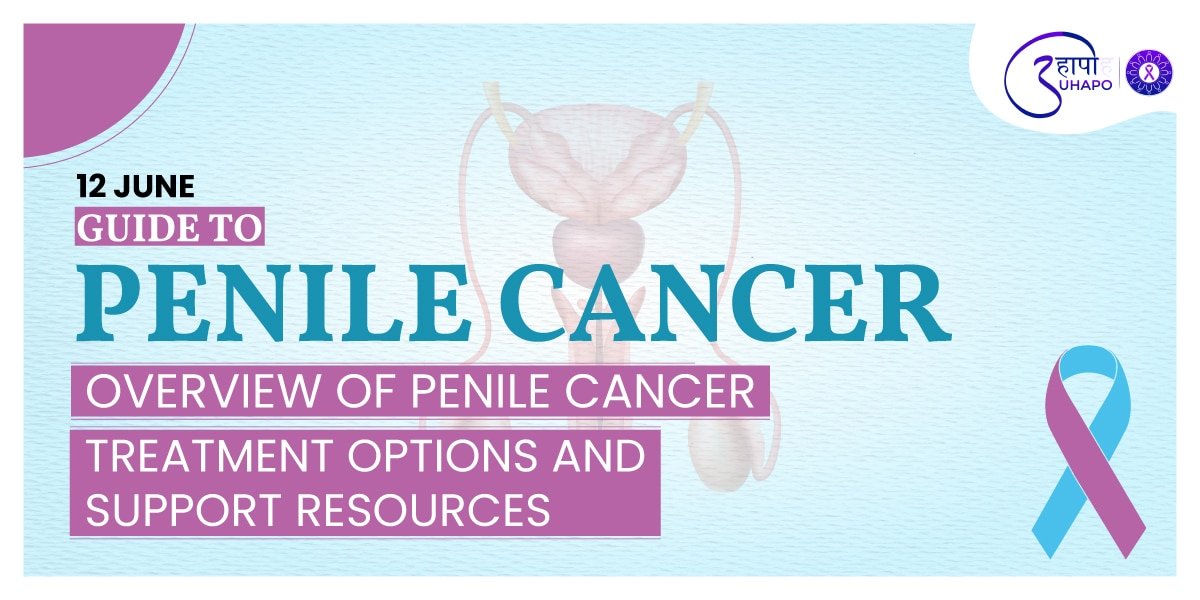A Comprehensive Guide to Penile Cancer
Overview of Penile Cancer
Penile cancer is a rare malignancy that occurs on the skin or within the tissues of the penis. Despite its rarity, accounting for less than 1% of all cancers in men, understanding its implications, risk factors, and treatment options is crucial for those affected.
Types of Penile Cancer
- Squamous Cell Carcinoma: The most common type, typically found on the foreskin or glans.
- Basal Cell Carcinoma: Rare and grows more slowly.
- Melanoma: Also rare but more aggressive.
- Sarcoma: Very rare, originating in the connective tissues.
Symptoms
- Changes in skin color or thickness on the penis
- A lump or ulcer that may bleed
- Persistent discharge with a foul odor
- Pain or swelling at the tip of the penis
- Difficulty retracting the foreskin (in uncircumcised men)
Risk Factors
- Human papillomavirus (HPV) infection
- Smoking
- Poor hygiene
- Phimosis (tight foreskin)
- Age (most common in men over 60)
- Multiple sexual partners
- History of penile conditions
Diagnosing penile cancer involves a physical examination, biopsy, and imaging studies such as MRI or CT scans to assess the extent of the disease. Early diagnosis is key to effective treatment and a better prognosis.
Treatment Options for Penile Cancer
Treatment for penile cancer depends on the stage and location of the cancer, as well as the patient’s overall health and preferences. Here are the primary treatment modalities –
- Surgery
- Circumcision – For cancer limited to the foreskin, circumcision may be curative.
- Local Excision – Removal of the tumor with some surrounding healthy tissue to ensure complete excision.
- Partial or Total Penectomy – In more advanced cases, part or all of the penis may need to be removed. Reconstruction may be considered to help with urinary function and appearance.
- Lymph Node Dissection – If there is a risk that the cancer has spread to the lymph nodes, these may also be removed.
2. Radiation Therapy
- Used either as a primary treatment for small tumors or post-surgery to eliminate residual cancer cells. External beam radiation or brachytherapy (internal radiation) can be used depending on the tumor’s specifics.
3. Chemotherapy
- Topical chemotherapy creams, like 5-fluorouracil, may be used for superficial cancers.
- Systemic chemotherapy, involving drugs that travel throughout the body, may be necessary for more advanced stages, especially if the cancer has metastasized.
4. Laser Therapy
- Laser treatment can be an option for early-stage penile cancers, using concentrated light to destroy cancerous cells with minimal damage to surrounding tissue.
5. Targeted Therapy
- This involves drugs that specifically target cancer cells without affecting normal cells, minimizing side effects compared to traditional chemotherapy. It’s more experimental but shows promise for advanced or recurrent penile cancer.
Support Resources for Penile Cancer Patients
Dealing with penile cancer can be challenging both physically and emotionally. Support resources are available to help patients and their families navigate this difficult journey.
Medical Support
- Oncologists and Urologists: Specialists in cancer treatment and urinary tract health.
- Multidisciplinary Teams: Including surgeons, radiologists, and nurses for comprehensive care.
Emotional and Psychological Support
- Counseling and Therapy: Professional support to address emotional health.
- Support Groups: Connecting with other men facing penile cancer for shared experiences and advice.
Educational Resources
- American Cancer Society: Provides detailed guides on penile cancer and treatment options.
- National Cancer Institute: Offers comprehensive resources on various cancers, including penile cancer.
Practical Support
- Financial Aid: Organizations that offer financial assistance for medical treatments.
- Transportation Services: Help with getting to and from treatment appointments.
- Home Care: Assistance with daily activities during recovery.
Lifestyle and Prevention
- Regular Check-Ups: Early detection through routine examinations.
- HPV Vaccination: Protects against the strains of HPV that can cause penile cancer.
- Quit Smoking: Reduces the risk of many cancers, including penile cancer.
- Safe Sexual Practices: Using protection and maintaining good hygiene.
Conclusion
Penile cancer can be effectively treated, especially when detected early. A combination of surgical and non-surgical treatments offers a range of options tailored to the individual’s condition. Comprehensive support resources, including medical, emotional, and practical assistance, are vital for navigating this challenging diagnosis. Prioritizing prevention and early detection can significantly improve outcomes and quality of life for those affected.


2 Replies to “Guide to Penile Cancer”
December 5, 2024
August 6, 2025